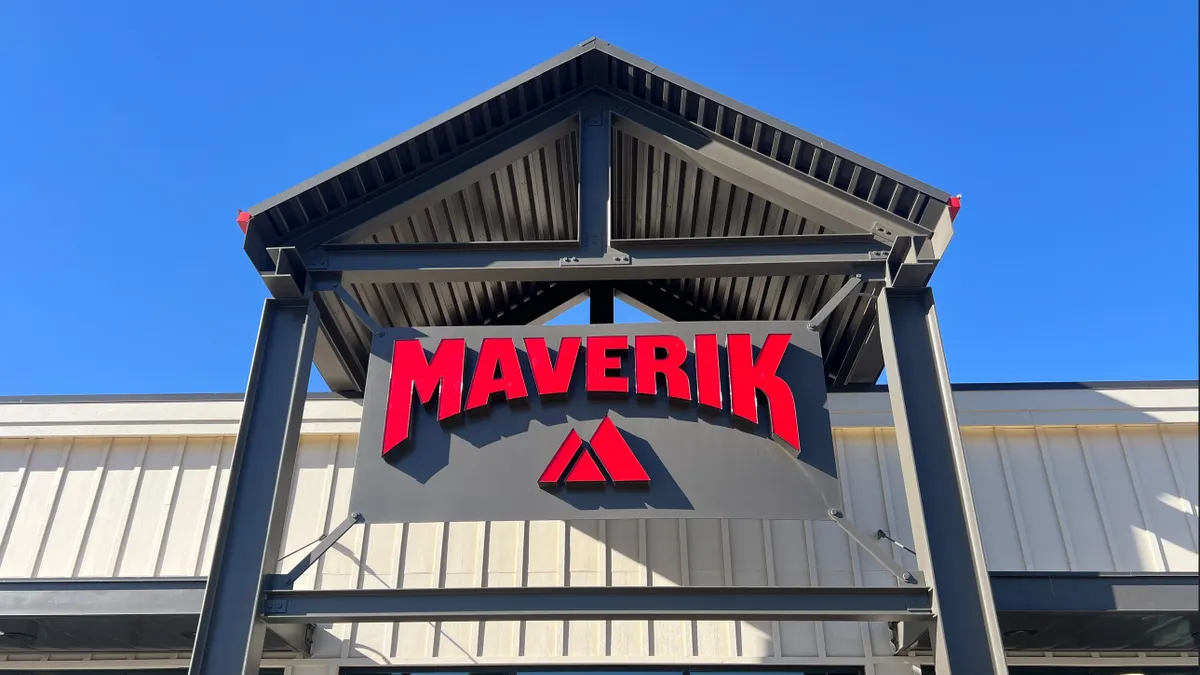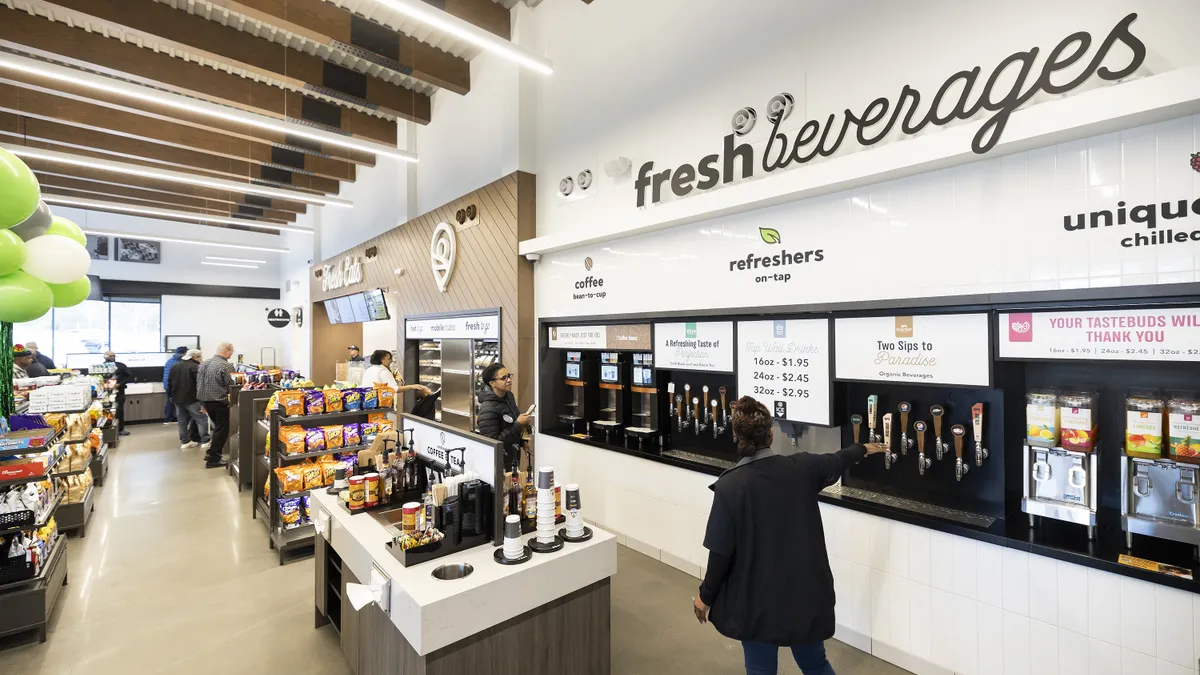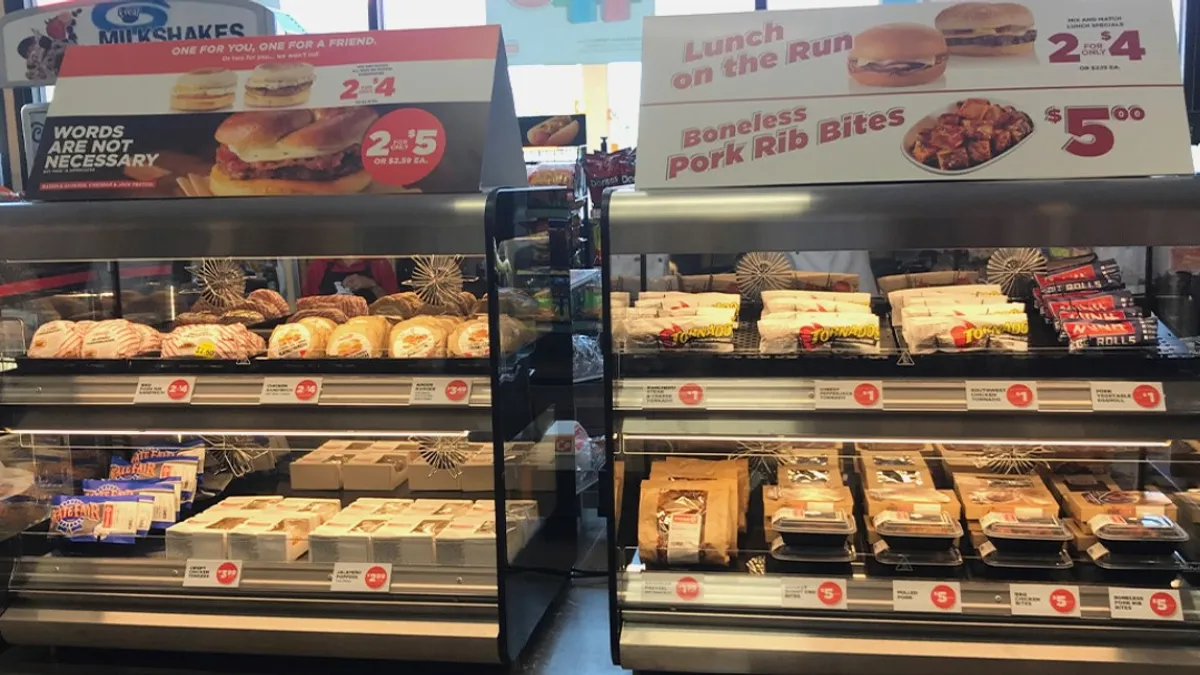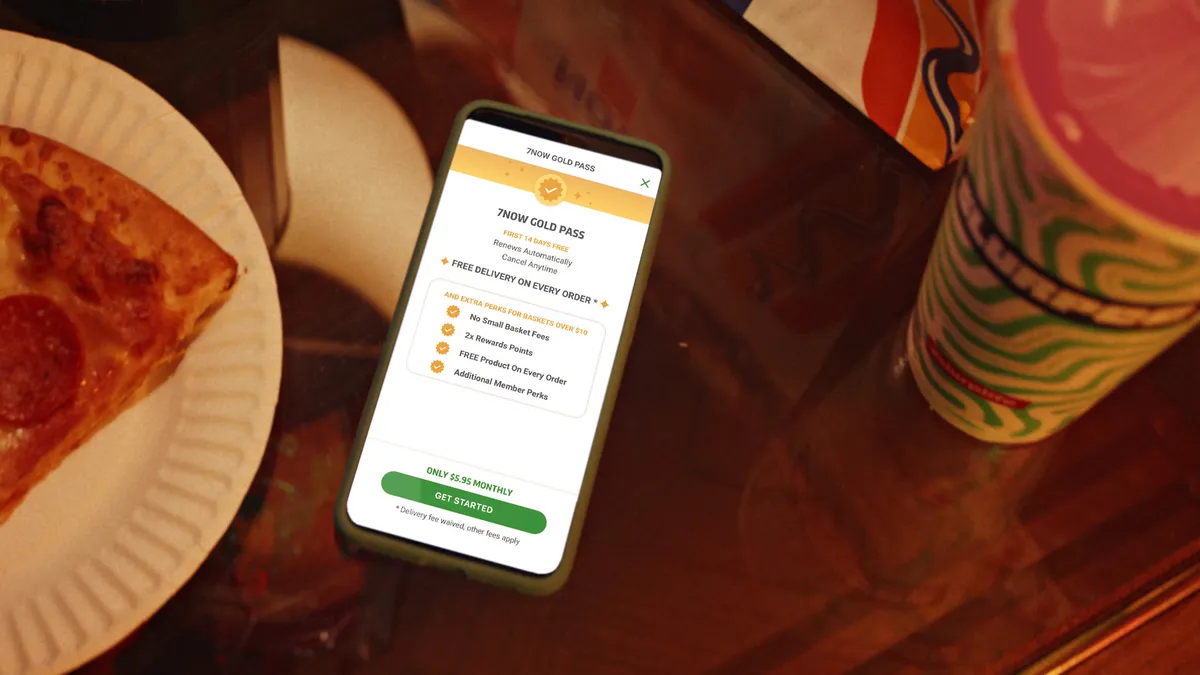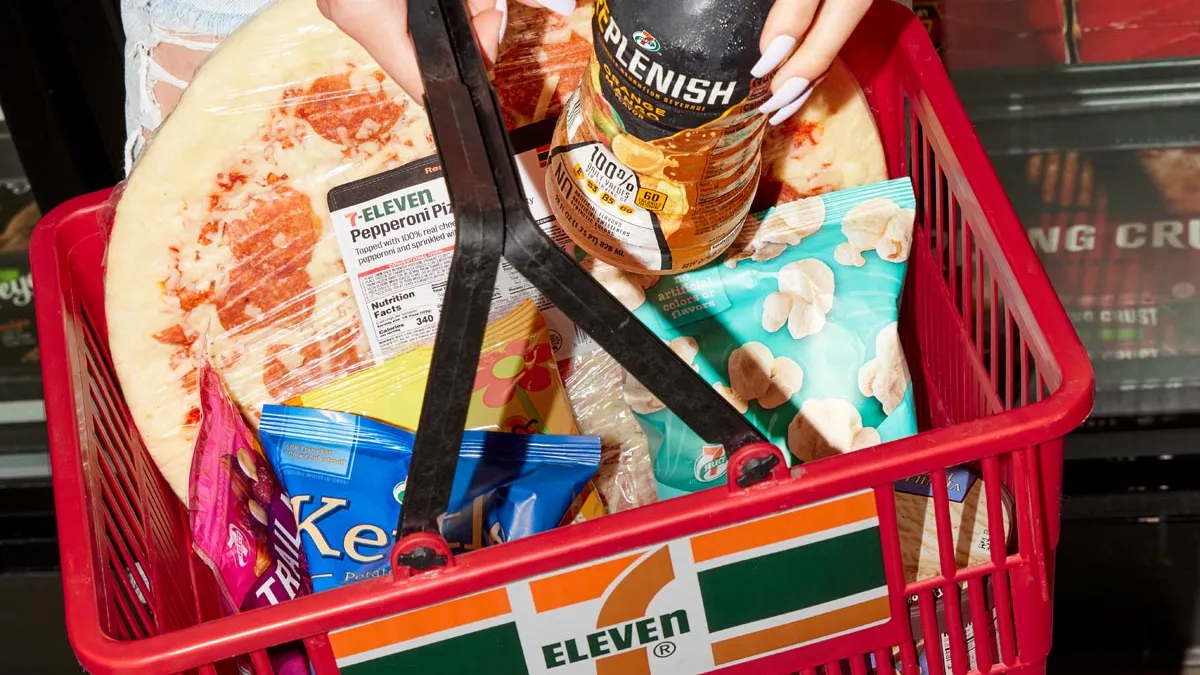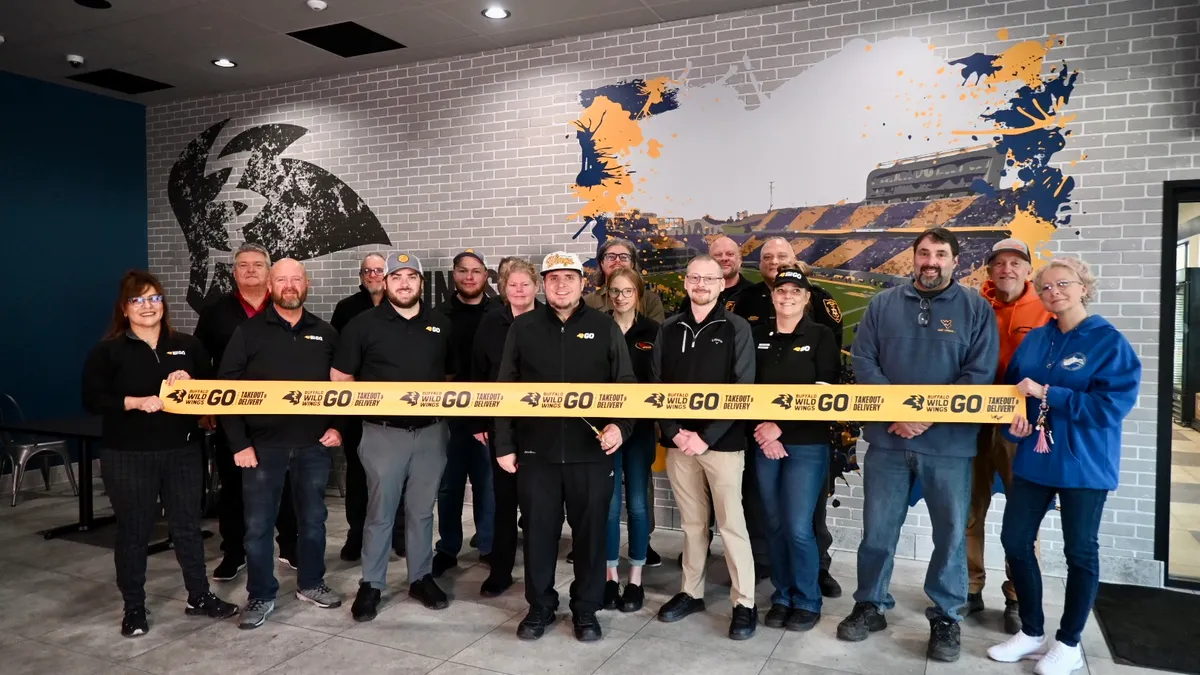Convenience store chain QuikTrip is experiencing growing consumer demand for food and beverage items during alternative dayparts — the times in between the traditional breakfast, lunch and dinner meals. Experts say that trend provides new opportunities across the c-store industry.
The Tulsa, Oklahoma-based company has seen “tremendous growth” in sales over the last several years among quick grab-n-go breakfast and lunch items, said Aisha Jefferson, QuikTrip’s corporate communications manager, in an email.
QuikTrip sells made-to-order foods as late as 9 p.m., while its remote store division keeps kitchens open 24 hours to attract late night snackers. Grab-and-go items, including sandwiches, roller grill foods, fresh pastries and drinks are sold at all hours and tend to do well during those alternative daypart hours.
“They are [quick], easy to eat, and satisfy that late-night craving of sweet or savory,” said Jefferson.
Consumers' eating patterns have become more fluid over the past several years — a trend that is largely attributed to differences in generational eating habits and workers heading into the office less frequently, said David Portalatin, senior vice president and food industry advisor at market research company Circana.
“Any place a c-store can hand more control to the consumer is a good option."

Stephen Davis
Research and insights manager, Datassential
The disruption began before the pandemic, when work-from-home practices were starting to take hold, said Portalatin. The very definition of “What is lunch?” along with the time of day that lunch should happen are now up for redefinition, he said.
“The traditional rhythms of getting up, going to work and coming home, don’t drive the same demands on mealtimes the way that they used to,” said Portalatin.
Many Baby Boomers are also entering retirement age and not making that morning commute, while younger demographics are veering away from rigid work schedules for more flexible ones, said Portalatin.
That dynamic has contributed to an emerging gig economy where people are working at times and places of their choosing, said Portalatin..
Alternative daypart growth
That growing demand has resulted in sales and opportunities for c-stores.
According to Circana OmniMarket Integrated Fresh data, c-store snack sales grew 10.5% — reaching $12.8 billion during a 52-week period last year. And over half of people aged 18-44 said they snack three or more times per day, according to a 2023 Circana survey.
That demand extends beyond just grabbing a bag of chips when purchasing a tank of gas. A 2023 survey from canned fruits and vegetable company Del Monte Foods reported that most adults regularly replaced some meals with snacks.
Consumers also want variety and the ability to customize their snacks and meals. At least half of c-store consumers who responded to a January 2023 survey from foodservice intelligence company Datassential indicated wanting an in-store sub shop, a build-your-own pizza option and customized burrito and taco bars.
“Any place a c-store can hand more control to the consumer is a good option,” said Stephen Davis, research and insights manager at Datassential, in an email.
In total, 63% of c-stores reported higher daypart lunch sales and more than half saw increases in breakfast purchases in 2022, according to the Datassential survey. But there are many indicators pointing to a growing demand for those in-between dayparts — with nearly a quarter of c-stores reporting increases in both a.m. and p.m. snack sales.
Also, the p.m. snacking time was tied with lunch for when most customers bought their last food or beverage item at c-stores, Datassential reported. Fourteen percent also reported making their last purchase during the midmorning with snacks, compared to 17% during breakfast.
C-store shoppers crave snacks
Late-night purchases are also fairly popular at convenience stores.
Datassential’s brand performance tool found about 37% of consumers are interested in late night snacks at Chevron Extra Mile stores. Slightly below that, QuikTrip and Kum & Go both saw 36% of consumers express interest in those after-dark purchases, according to Samantha Bomkamp Des Jardins, a Datassential spokesperson.
Meanwhile, TravelCenters of America and Petro Stopping Centers garnered the highest percentage of consumers interested in morning and afternoon snacks, said Des Jardins. Those snacks are often paired with an item like a sandwich for lunch, or are simply utilized as the lunch, said Portalatin. That puts convenience stores in the “perfect sweet spot” to capitalize on these changing eating trends, he said.
Building the right approach
Pilot Flying J has seen consumers purchasing more snacks more often throughout the day, said Savannah Johnson, food category manager at Pilot, in an email.
The Knoxville, Tennessee-based company has tried to meet those demands by expanding the meals and snacks in its cold cases to include convenient on-the-go items such as meat and cheese snack plates and microwavable meals, said Johnson.
The company also started offering breakfast platters that include sausage, eggs, bacon, tater tots and biscuits n’ gravy. These accompany other hot grab-n-go items such as burgers, chicken sandwiches and corndogs.
Pilot Flying J has received positive feedback from its guests in response to the changes, said Johnson.
“To ensure they are meeting the needs of guests on-the-go, we recommend convenience stores continuously look to expand their list of available snacks and meals offered around the clock,” Johnson said.
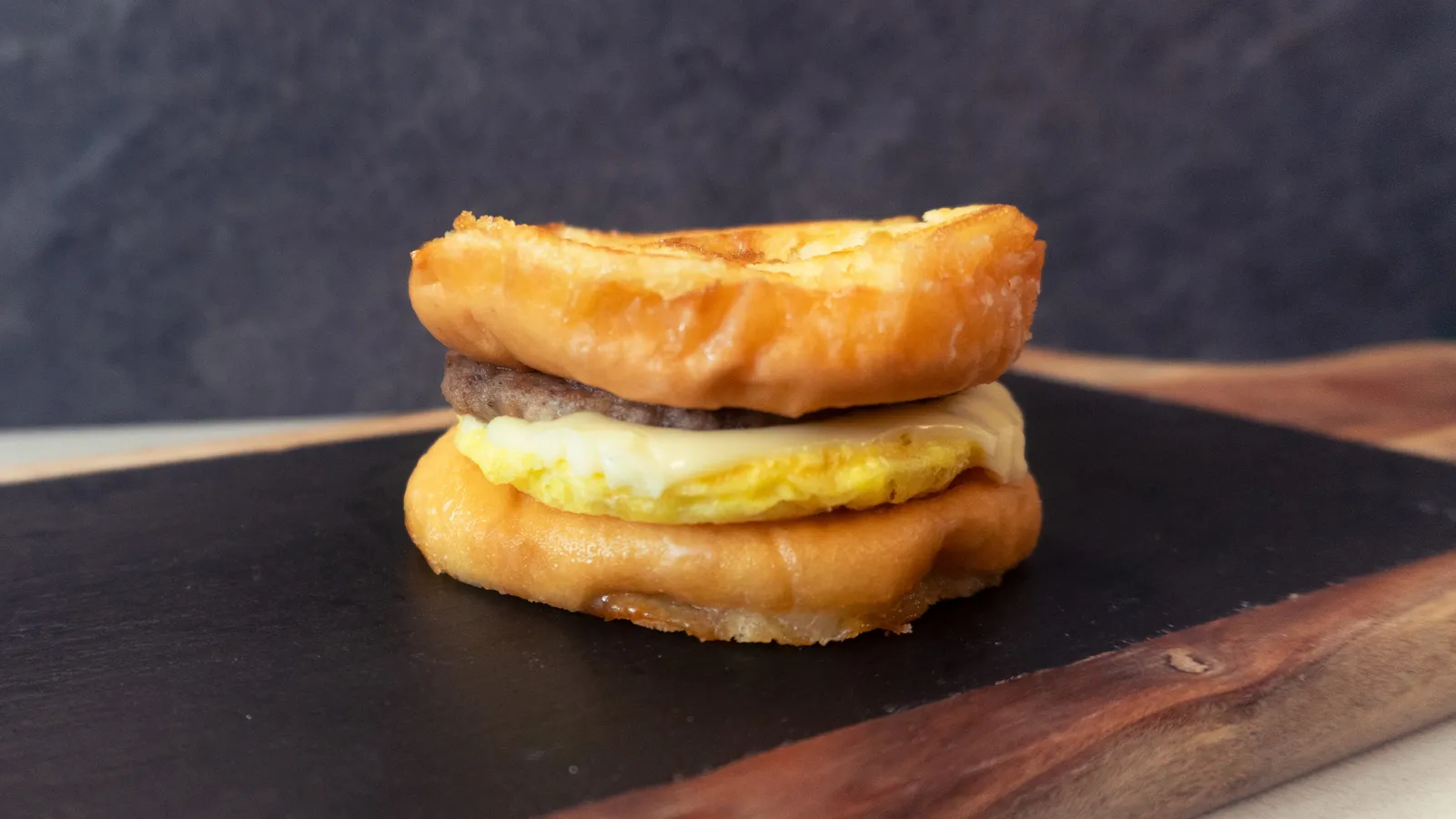
Portalatin agreed, noting the vast majority of daypart eating occasions are mobility oriented, where people are on the go, and not sitting down and having an on-premises meal.
Convenience retailers should consider options that factor in what Portalatin describes as the three P’s: pricing, portion size and portability.
Offer affordable food items that are easy to carry and amount to a snack alone, or a substantial meal if they buy two or three, said Portalatin. The breakfast sandwich — which has a flexible portion size, a modest price point and is handheld — fits this format perfectly, he noted.
A lot of consumers are also approaching these eating occasions mindfully, and looking for items that they can eat with a “more positive purpose” — such as a protein, things that could give them energy, or have a “better for you nature,” he said. Those attributes could take many different forms, such as something with no added sugar, or a portion size allowing them to stay within a certain calorie range, he said.
However c-stores choose to target these atypical mealtimes, they need to focus on quality products. The primary reason consumers choose one c-store over another is the freshness of food and beverage options, followed by clean and sanitary beverage areas, said Davis.
“If food and drinks are not fresh, or served in a clean environment, consumers may opt to forgo a purchase or choose a different operator,” said Davis.




